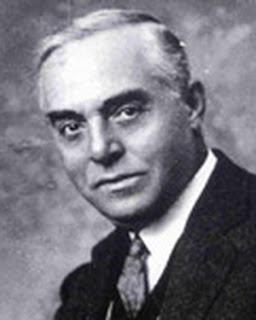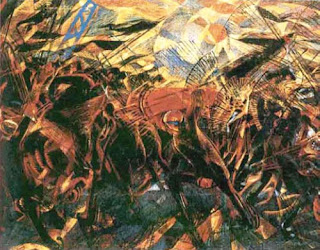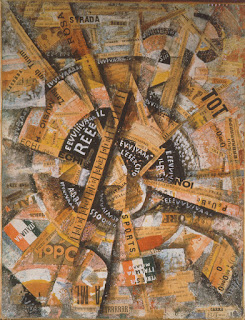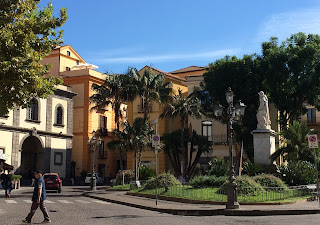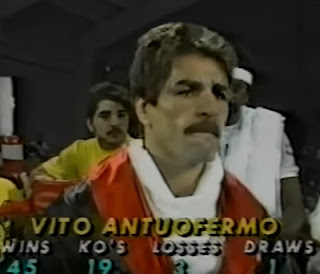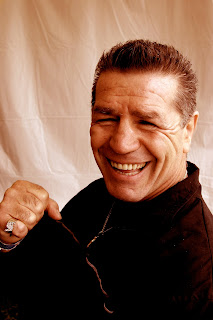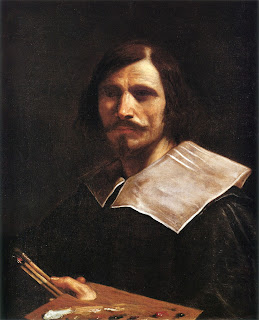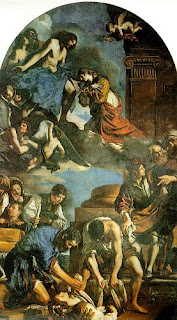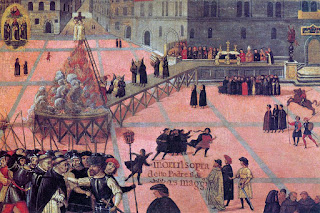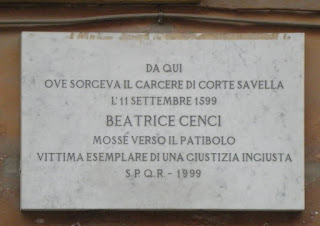18th century biologist who pioneered artificial insemination
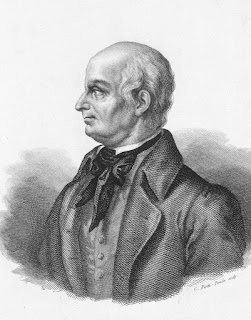 |
| Lazzaro Spallanzani |
Spallanzani made important contributions to the experimental study of bodily functions and animal reproduction. His investigations into the development of microscopic life in nutrient culture solutions paved the way for the later research of Louis Pasteur.
Born in Scandiano in the province of Reggio Emilia, the son of a wealthy lawyer, Spallanzani attended a Jesuit college and was ordained as a priest but then went to Bologna to study law.
Influenced by the eminent Laura Bassi, a professor of physics at the University, Spallanzani became interested in science.
 |
| Laura Bassi, whose work at the University of Bologna influenced Spallanzani |
After a series of experiments on digestion, he obtained evidence that digestive juices contain special chemicals that are suited to particular foods.
He also performed in vitro fertilisation on frogs and, in 1780, artificial insemination on a dog, the first successful experiment of its kind on any animal recorded anywhere in the world.
As Spallanzani’s fame grew he received many offers from scientific societies throughout Europe but he accepted a chair at the University of Pavia in 1769, where he remained for the rest of his life.
He took every opportunity to travel in order to study new phenomena and to meet other scientists.
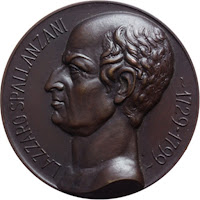 |
| A coin struck in 1932 to commemorate Spallanzani's achievements |
A number of medals and coins have been struck to commemorate Spallanzani's achievements, including one produced for the 14th International Congress of Physiology, in Rome, in 1932, designed by Renato Brozzi.
 |
| The monument to Lazzaro Spallanzani in his home town of Scandiano |
There is a statue of Lazzaro Spallanzani showing him examining a frog through a magnifying glass, in his home town of Scandiano, which is near Reggio Emilia in Emilia-Romagna. The town was founded in 1262 when a defensive castle was built and some houses later developed around it. The town is now an important centre for the production of tiles.
Book a stay in Scandiano with Booking.com
Travel tip:
Pavia, where Lazzaro Spallanzani died, is a city in Lombardy, south of Milan. It is famous for its university, where Spallanzani taught, which was founded in 1361, and for its Certosa, a magnificent monastery complex north of the city that dates back to 1396. A pretty covered bridge over the River Ticino in the centre of Pavia leads to Borgo Ticino, an area where the inhabitants claim to be the true people of Pavia and are of Sabaudian origin, which means they are connected with the House of Savoy, from where the rulers of Italy came.
Travel tip:
Pavia, where Lazzaro Spallanzani died, is a city in Lombardy, south of Milan. It is famous for its university, where Spallanzani taught, which was founded in 1361, and for its Certosa, a magnificent monastery complex north of the city that dates back to 1396. A pretty covered bridge over the River Ticino in the centre of Pavia leads to Borgo Ticino, an area where the inhabitants claim to be the true people of Pavia and are of Sabaudian origin, which means they are connected with the House of Savoy, from where the rulers of Italy came.
Find Pavia accommodation with Booking.com
Scientist Luigi Galvani appeared to give new life to dead frog
Giuseppe Forlenza's cataract surgery impressed Napoleon
More reading:
How ground-breaking academic Laura Bassi paved way for womenScientist Luigi Galvani appeared to give new life to dead frog
Giuseppe Forlenza's cataract surgery impressed Napoleon
Also on this day:
1602: The birth of painter Michelangelo Cerquozzi
1923: Birth of film director Franco Zeffirelli